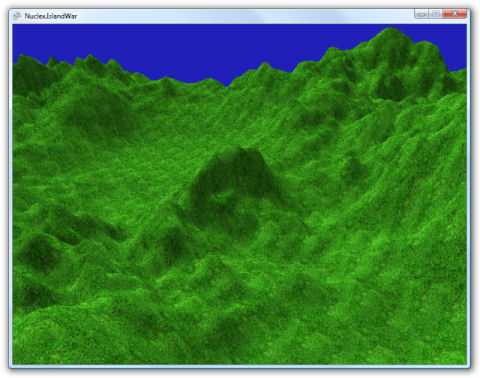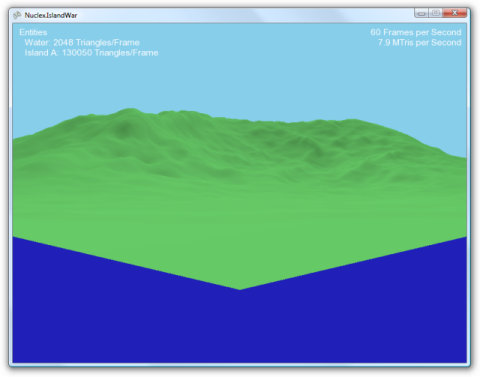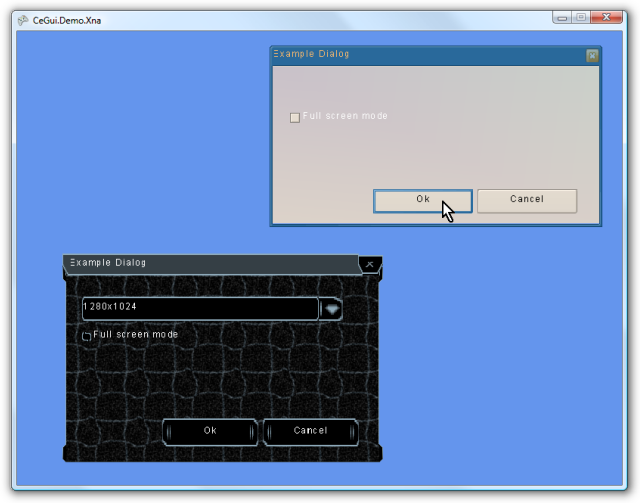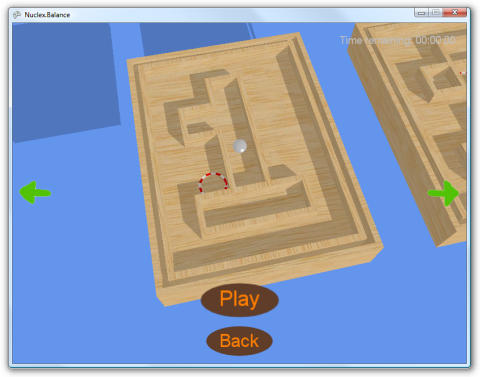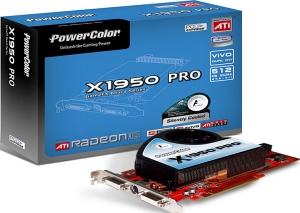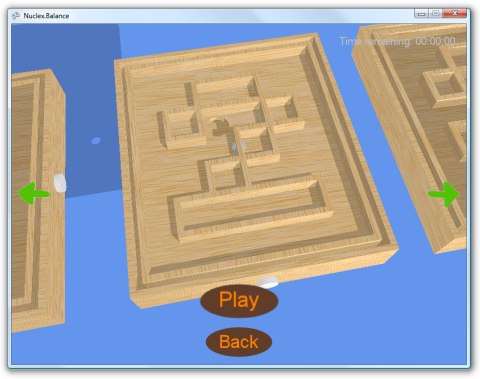I decided to put some work into creating an editor that I can later use for building the levels and perhaps even include with my game. XNA gave me a hard time getting it to work inside a Windows.Forms application and I had to rewrite several of the XNA classes until I had a properly working XNA UserControl allowing me to render my game world inside the editor window.
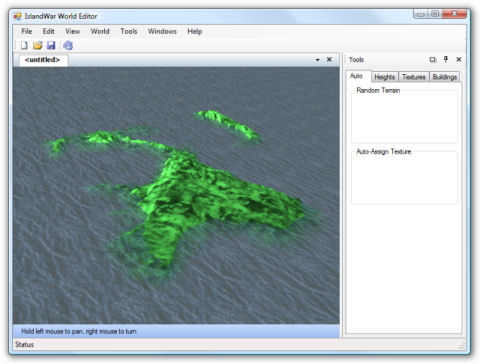
Of course, the editor had to look modern and neat, with dockable panels and color gradients all over the place. As it turned out, there is no built-in solution for docking windows in the .NET Framework, so, given my plans to release the game’s source code, I had to find a solution that was both free and provided a decent user experience.
Read More